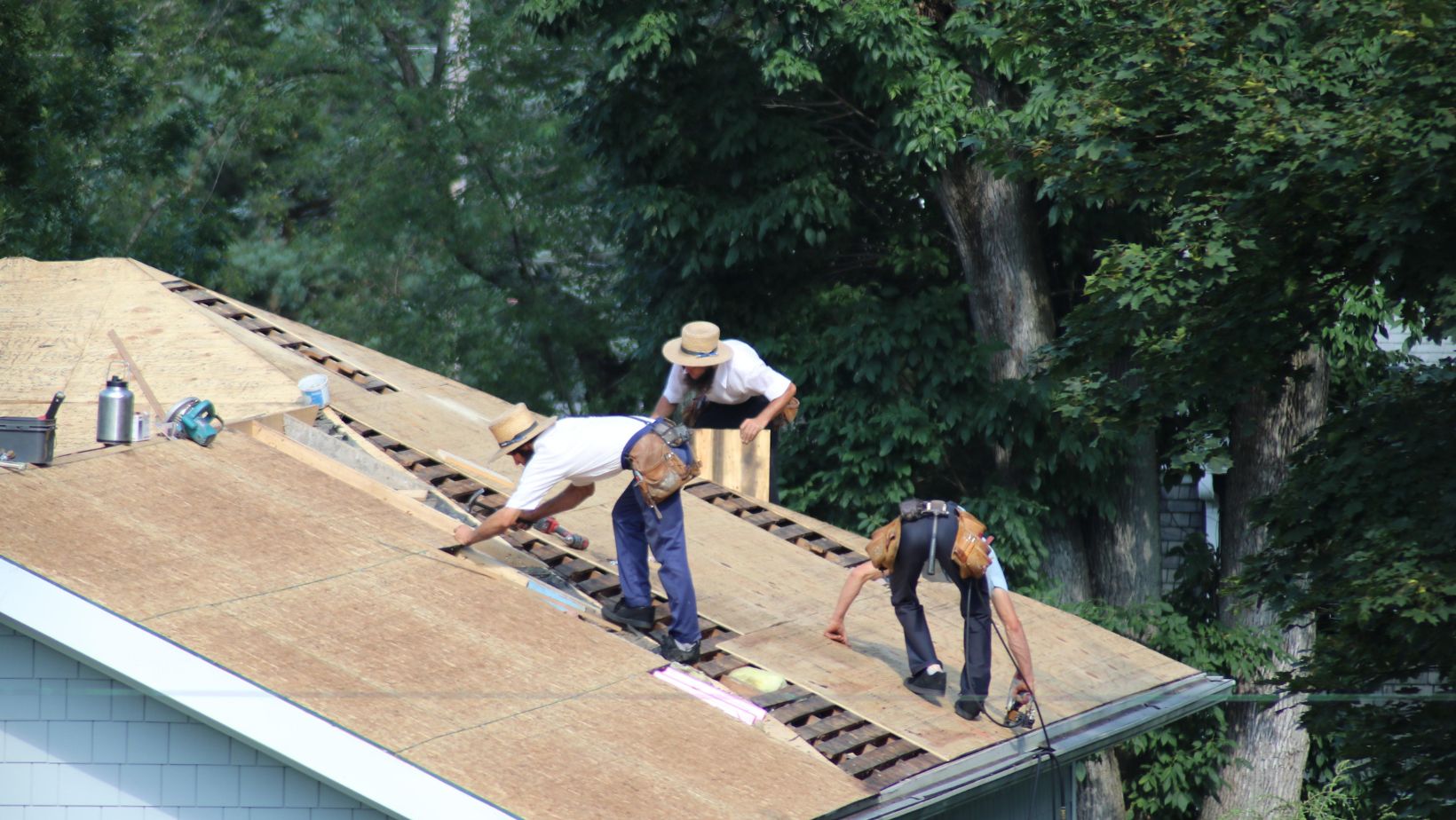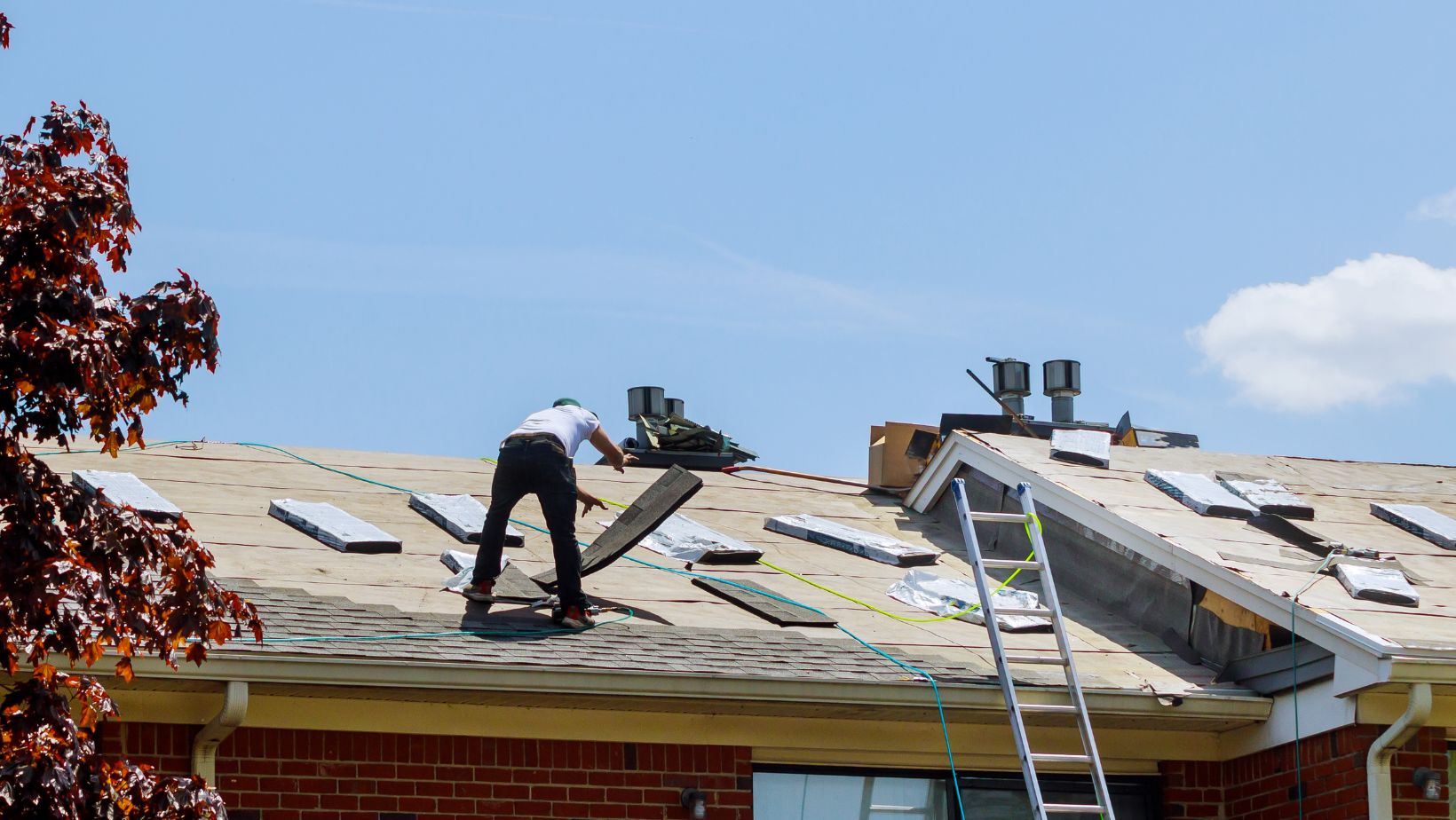
When storms sweep across Texas, one of the first places damage often strikes is your roof. Hail, high winds, and torrential rain can leave behind issues that aren’t always obvious right away—but if left unaddressed, even minor roof damage can lead to major problems inside your home.
If you’re a Texas homeowner, especially in areas like Austin, San Antonio, or the surrounding regions, it’s important to know how to inspect your roof, what signs to look for, and when to call in a professional.
What Causes Roof Damage in Texas?
Texas weather is as tough as it is unpredictable. Common culprits of roof damage include:
- Hailstorms that dent shingles and knock away protective granules
- Straight-line winds that lift or tear off shingles completely
- Tornadoes or microbursts that rip up flashing and gutters
- Heavy rainfall that finds its way into weak points in your roof
While damage can be dramatic and easy to spot, in many cases, it’s subtle—developing into a serious leak over weeks or months. That’s why it’s crucial to schedule an inspection after any significant storm, even if your roof “looks fine” from the ground.
Common Signs of Storm Damage on a Roof
Here are some of the most telling signs of storm damage on a roof:
- Missing, cracked, or curling shingles
- Dark spots or bruises on shingles (often from hail)
- Exposed roof decking or torn underlayment
- Bent or missing flashing around chimneys, vents, or skylights
- Clogged or dented gutters and downspouts
- Leaks, stains, or sagging in your ceiling

If you see any of these signs, it’s best to have a roofing professional assess the damage before it worsens. Fast action can help preserve your roof—and potentially make the difference between a repair and a full replacement.
Should You Call a Roofer or Your Insurance Company First?
Start with a trusted roofing contractor. Many Texas roofing companies offer free inspections, and they can help document any storm-related damage. Having photos, video, and a written report can strengthen your insurance claim and ensure nothing is overlooked.
After getting the inspection, contact your insurance provider and start the claim process. Your roofer may even work directly with your adjuster to confirm damage and expedite the approval for repairs or replacement.
How to Prevent Long-Term Problems
The best way to deal with roof damage is to prevent it from turning into something worse. Here’s how:
- Schedule regular inspections, especially after severe weather.
- Clean out your gutters to prevent water pooling at the roofline.
- Trim nearby trees that could fall or scrape against your roof.
- Install impact-resistant shingles if you live in hail-prone areas
- Stay up to date on roof age—most asphalt roofs last 15–25 years.
If it’s been a while since your last check-up, now is a great time to schedule a professional assessment for roof damage repair in Texas.
Don’t Ignore the Small Stuff
One missing shingle might not seem like a big deal—but under the right (or wrong) conditions, it can allow water to infiltrate your attic, damage insulation, warp wood framing, and lead to mold growth.

Even minor leaks can cause thousands in repair costs over time. That’s why fast action is your best defense.
Final Thoughts
In Texas, your roof does more than keep the rain out—it protects your home, your family, and your investment. After a storm, even if everything looks fine, there could be hidden damage waiting to cause trouble later.
The good news? You don’t have to handle it alone. With an expert eye and prompt repairs, roof damage can be handled quickly and affordably—before it becomes a much bigger issue.
If you suspect damage, get a professional inspection for roof damage repair in Texas, and rest easy knowing your home is protected for the next round of weather.


















